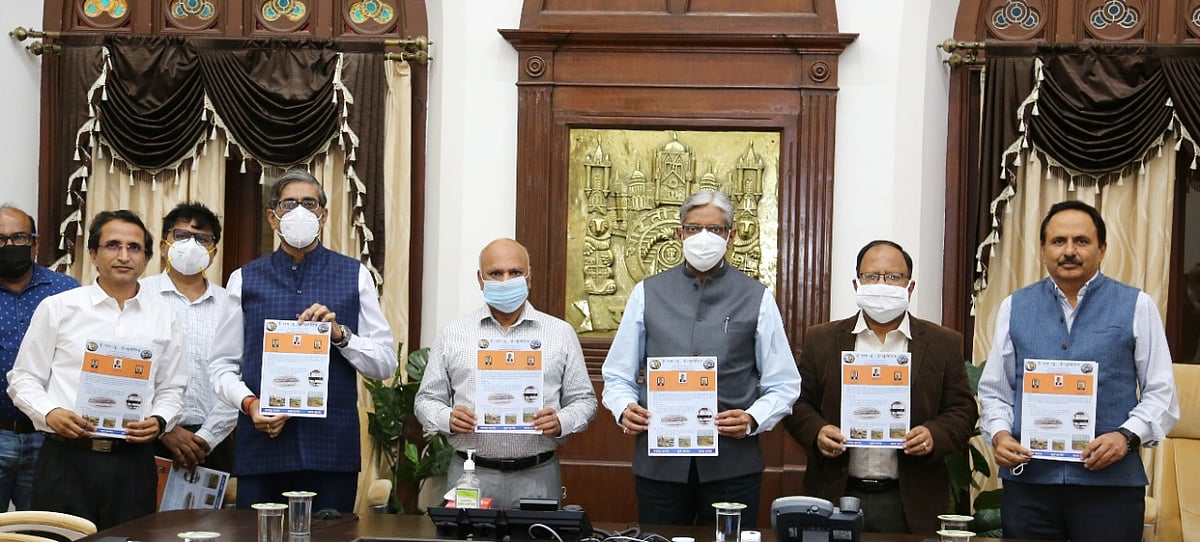India's first superfast train Deccan Queen is now getting ready to serve the passengers of Maharashtra’s two premier cities - Mumbai and Pune – donning a bright new look - green and yellow combination with the yellow stripe.

“The Integral Coach Factory (ICF) has to produce a new rake for this heritage train on the modern LHB platform which is likely to reach Mumbai in next month," said an officer of CR. "All passenger coaches are almost ready, only finishing work of dining car and power car remains which will be completed shortly," added official.
Presently Deccan Queen operates with 17 coaches including, 9 non AC chair cars, 4 AC chair cars, 1 Vistadome, 1 Dining Car. ICF is manufacturing 23 coaches, including spares.
The seating capacity of the new dining car is 40 diners. The Deccan Queen is the only train in which the Dining Car is available as on date, in Indian Railways.




Asked about the cost of the new rake, a senior officer of CR said, "Railway is spending around Rs 58 crores on the new rake of this prestigious train." The colour scheme of the new rake (green and red combination with yellow strip) has been designed to reflect the train’s heritage value and modernity.
Asked about the difference between ICF and LHB coaches, a senior officer of CR said, "Linke Hofmann Busch (LHB) coaches are lighter in weight, have higher carrying capacity, higher speed potential of operating at 160 kmph (ICF operate 110 kmph), increased codal life and better safety features as compared to those of ICF coaches."
Asked about the travel time, officials of CR said, "Though the new rake can run with 160 kmph, travel time depends on other several factors like availability of path, the fitness of track etc which will not be going to change immediately."
"More than nine decades of its colourful history, the train has grown from a mere medium of transportation between two cities into an institution binding generations of intensely loyal passengers," said a senior officer of CR adding that the introduction of Deccan Queen between Mumbai-Pune on June 1, 1930, was a major landmark in the history of the Great Indian Peninsular Railway, the forerunner of the Central Railway.
This was the first deluxe train introduced on the railway to serve two important cities of the region and was aptly named after Pune, which is also known as the 'Queen of Deccan'.
Initially, the train was introduced with two rakes of seven coaches, each one painted in silver with scarlet mouldings and the other with royal blue with gold lines. The underframes of the coaches of the original rakes were built in England, while the coach bodies were built in the Matunga Workshop of the GIP Railway.
The Deccan Queen, initially, had only first class and second class accommodation. The first class was abolished on 1st January 1949 and the second class was redesigned as first class, which continued up to June 1955 until the third class was introduced on this train for the first time.
This was later re-designated as the second class from April 1974 onwards. The coaches of the original rakes were replaced in 1966 by anti-telescopic steel bodied integral coaches built by Integral Coach Factory, Perambur. The number of coaches in the rake was also increased to 12 from the original seven coaches providing additional accommodation.
In 1995 it was considered necessary to give a complete facelift to the Deccan Queen. All old coaches were replaced by newly manufactured or about a year old, air brake coaches. Apart from that, five first-class chair cars in the old rake have been replaced by five AC chair cars. Over the year the number of coaches in the train has been increased to the present level of 17 coaches.










